The Invisible Burden: How Digital Stress Factors Impact Home Office
30.05.2023
Home office and digital work provide professionals with much more freedom when it comes to deciding where and how they work. For example, employees can now work from home, in a nearby café, or even comfortably from their own couch. However, some individuals have not learned how to navigate this new virtual environment. What may bring more flexibility and a better work-life balance for some can lead to overwhelm and what is known as digital stress for others. Digital stress in relation to work has become a growing problem across various industries in modern society, particularly in times of increasing technologies. In the short term, digital stress can result in various individual issues such as difficulties with concentration, health problems, and feelings of exhaustion. In the long term, it can negatively impact job satisfaction, work engagement, work-life balance, and increase vulnerability to burnout among employees.
Stress factors in the workplace include overload (pressure to work faster with more tasks than is feasible and emotional demands), omnipresence (blurring the boundaries between personal life and work), and complexity (difficulties in using digital technologies or lack of experience in dealing with them). In light of these factors, employers must take proactive measures to reduce digital stress and enhance productivity in the workplace. Companies should seize this opportunity to create conditions for a healthier work environment, ensuring that all employees have a safe workplace while maintaining their mental and physical well-being. This way, new productivity models can be established that incorporate digital technologies into the work routine, extending beyond the physical setting and prioritizing health and well-being.
Many Overtime Hours
Many Overtime Hours
The shift to digital work has also resulted in many employees working additional hours in the home office, often unpaid overtime. A survey conducted by Deutscher Gewerkschaftsbund (DGB) revealed that nearly 28 percent of employees admitted to regularly doing this at their home desks and taking fewer breaks than they would if they were on-site at their company.
Blurring the Boundary Between Personal and Professional
The blurring of personal and professional boundaries has become an increasingly important factor when it comes to digitally induced stress. While many welcome the additional flexibility that comes with working from home, others find it difficult to "switch off" under these circumstances. It is not uncommon for video meetings to take place after 6 or 7 p.m., a time traditionally reserved for office hours. Conversely, there are those who actively take advantage of the freedom offered by the home office. However, some employees feel that they cannot escape their professional obligations even outside regular working hours and must constantly be available online. Constant availability creates a sense of digital stress and emotional demands that some experience. This blurring of boundaries can lead to overwork and a constant pursuit of greater efficiency, neglecting the necessary breaks and the ability to distance oneself from work in order to rest and relax.
To address these emotional demands brought about by digital technologies, an important step towards creating a more productive and efficient workplace is to break expectations of constant accessibility. By communicating expectations with colleagues and understanding others' schedules, boundaries can be established to ensure that one can perform their best work. For example, one can specify whether an email response is expected by a certain time or if it can wait until the morning. This helps avoid accidentally sending emails late, which could lead to unnecessary digital stress. Additionally, flexible scheduling contributes to improving the balance between work and personal life and creating more room when needed. Therefore, it is beneficial for both parties to have clear regulations regarding accessibility with colleagues and employees.
Workplace Monitoring
Lack of IT Security
Workplace Monitoring
The use of computer-based workplace monitoring has exponentially increased in recent years, as digital technologies provide employers with the ability to monitor the productivity of their employees. This is made possible through features and apps that often measure employees' performance. Not surprisingly, this has faced strong criticism due to the invasion of privacy in personal areas. The fear of being watched through monitoring technology creates immense stress and can even lead to additional burden when considering home office and childcare.
Lack of IT Security
The lack of IT security in the home office is a stress factor for many who work from home. Without access to the same IT infrastructure as their workplace, some fear that confidential data is unprotected and vulnerable to hacking attacks. This fear of potential online threats has been further intensified by the increasing reports of hacking attacks. Nowadays, even technically savvy individuals can become victims if they do not take sufficient precautions when using Wi-Fi networks or accessing account data online.

An effective and well-trained IT department can significantly contribute to protecting this data from malicious intent. However, unfortunately, many companies cannot always ensure this level of security due to financial constraints or lack of resources. The resulting uncertainty often weighs heavily on employees who are concerned about both their professional and personal well-being on the internet. Protection against cybercrime is an important consideration when working remotely, one that all employers must take into account when setting up their employees for work outside the office.
Communication as a Key Factor
Communication as a Key Factor
It is important for both employees and companies to use communication as a central tool to successfully implement work schedules or goals. Digital technologies such as video conferences, teleconferences, email systems, etc., can provide fast communication capabilities that can significantly optimize workflows in any organization. By maintaining these healthy communication practices, all parties benefit from active information exchange, leading to a better understanding of project objectives and enabling everyone involved to achieve desired results much faster than before.
Learn more about us and our products
Talent pool: Get access to our talent pool with over 80.000 students and graduates. Contact our talents and/or participate in our recruiting events and get to know our talents personally.
Diagnostic: Our algorithms automatically screen and contextualize resumes. For better, faster and fairer hiring decisions.

case was founded to objectively compare university degrees and to make application procedures fairer and more transparent. For this purpose, an algorithm was developed that compares the final grades of different degree programmes and universities and enriches them with findings from intelligence and personality tests. In addition, we have also built up an extensive talent network.

